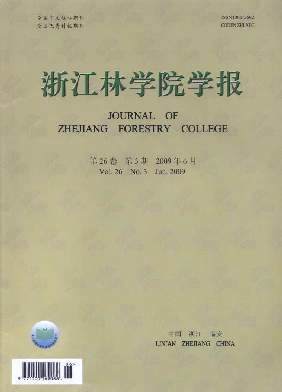Mangrove status and development prospects in southern Zhejiang Province
- Publish Date: 2009-06-20
-
Key words:
- silviculture /
- mangrove /
- forest resources /
- protection and exploitation /
- southern Zhejiang /
- sustainable development
Abstract: Mangroves,in a general sense,are intertidal plant formations growing in tropical and subtropical coastal areas with temperature being the main constraining factor in plant growth. To Ximen island as an example,southern Zhejiang,the northern boundary of artificially planted mangroves covered an area of over 10.0 hm2 in the past. However,this area has rapidly decreased due to the rebuilding of a dike pond and coastal construction leaving only 0.2 hm2 of mangroves. In recent years,governments at all levels in southern Zhejiang have increased financing for mangrove planting,but these plantings are still immature. Using artificial transplants of mangrove and half-mangrove plants,a coastal shelter forest system can be established for protection,purification,or ornamental features. To provide a scientific basis for management of mangrove areas to the various levels of government,a survey of the transplanted mangrove area in southern Zhejiang was conducted. The main threatening factors,besides temperature,were:1) serious water pollution in coastal waters;2) man-made damage;3) harm of the marine life;4) the impact of aquaculture in tidal areas;and 5) solid waste near the shoreline. To strengthen mangrove protection and rehabilitation in southern Zhejiang,we recommend strengthening education of tidal areas,fortifying scientific research teams working with mangrove forests through a protection troop,accelerating ecological restoration of the mangrove forest wetlands,and developing research on protection of mangrove forests. [Ch,1 tab. 33 ref.]
| Citation: | HUANG Xiao-lin, PENG Xin, QIU Jian-biao, et al. Mangrove status and development prospects in southern Zhejiang Province[J]. Journal of Zhejiang A&F University, 2009, 26(3): 427-433. |









 DownLoad:
DownLoad: